What I would like
I am trying to determine the formula for an audio taper (logarithmic) pot.
I would like a formula that takes R and P as inputs. R being the total resistance and P being the "percent on", i.e., in set [0, 100], and yields the resistance between the middle terminal and one of the outside terminals.
Can someone provide a purely mathematical answer, not a lookup table or anything.
Back story
I am trying to plot frequency ranges for a 555 timing chip in astable mode.
Again, I am looking for the formula, not how to plot it or a look up chart. Just math! :)
Additional thoughts...
I have been thinking that this may be it. I am looking for what number raised to 10 (the number of degrees I want) will equal my total resistance.
If I want to find the resistances at 10% intervals, the formula would be:
X^10 = R, solve for x: 10th root of R ... meaning that ...
The resistance at 40% would be (10th root of R)^4, can someone confirm this?
--- Update: I tested the above formula and it kind of looks like the graph...



